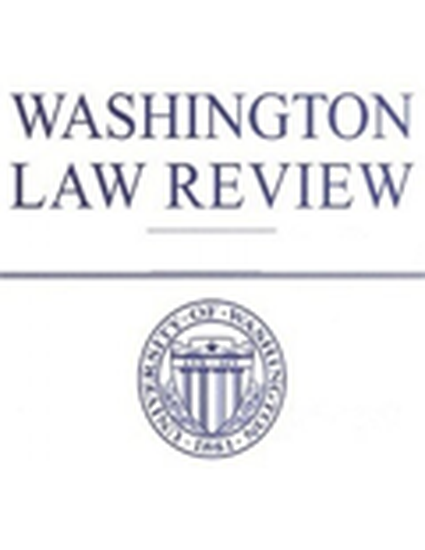
The dormant Commerce Clause has long been a thorn in the side of state policymakers. The latest battleground for the clash between federal courts and state legislatures is energy policy. In the absence of a decisive federal policy response to climate change, nearly thirty states have created a new type of securities—clean energy credits—to promote lowcarbon renewable and nuclear power. As more and more of these programs come under attack for alleged violations of the dormant Commerce Clause, this Article explores the constitutional constraints on clean energy credit policies. Careful analysis of recent and ongoing litigation reveals the need for better differentiation between constitutionally questionable market segmentation and constitutionally sound subsidization policies—in clean energy policy and beyond.
Many observers view the dormant Commerce Clause doctrine as a major threat to state-led efforts to combat climate change. Pushing back against widespread scholarly skepticism and recent precedent, this Article makes the case that state policymakers can use clean energy credits to simultaneously promote global environmental and local economic causes without running afoul of the dormant Commerce Clause. Critics and courts alike fail to recognize that not all energy credit programs are created equal.
When states use energy credits as compliance instruments for their renewable portfolio standards—requirements that electric utilities source a percentage of their electricity sales from solar, wind, and other renewables—they partition power markets into renewable and nonrenewable segments. Such segmentation policies cannot follow state boundaries or other geographically defined lines without violating the dormant Commerce Clause. A few pioneering states have begun to use energy credits as a vehicle for subsidies that operate independently of sourcing requirements. Unlike their market segmentation counterparts, these subsidization policies raise no concerns under the dormant Commerce Clause even when subsidies are available only to in-state firms.
The Commerce Clause’s “preference” for subsidization over segmentation policies may seem counterintuitive. Both have, after all, the potential to disrupt interstate commerce and competition. Yet, two centuries of dormant Commerce Clause jurisprudence reflect a simple economic truth: segmentation prevents competition altogether, while subsidization can have a pro-competitive effect, such as when used to correct for carbon externalities and other market failures.
Available at: http://works.bepress.com/felix-mormann/25/
